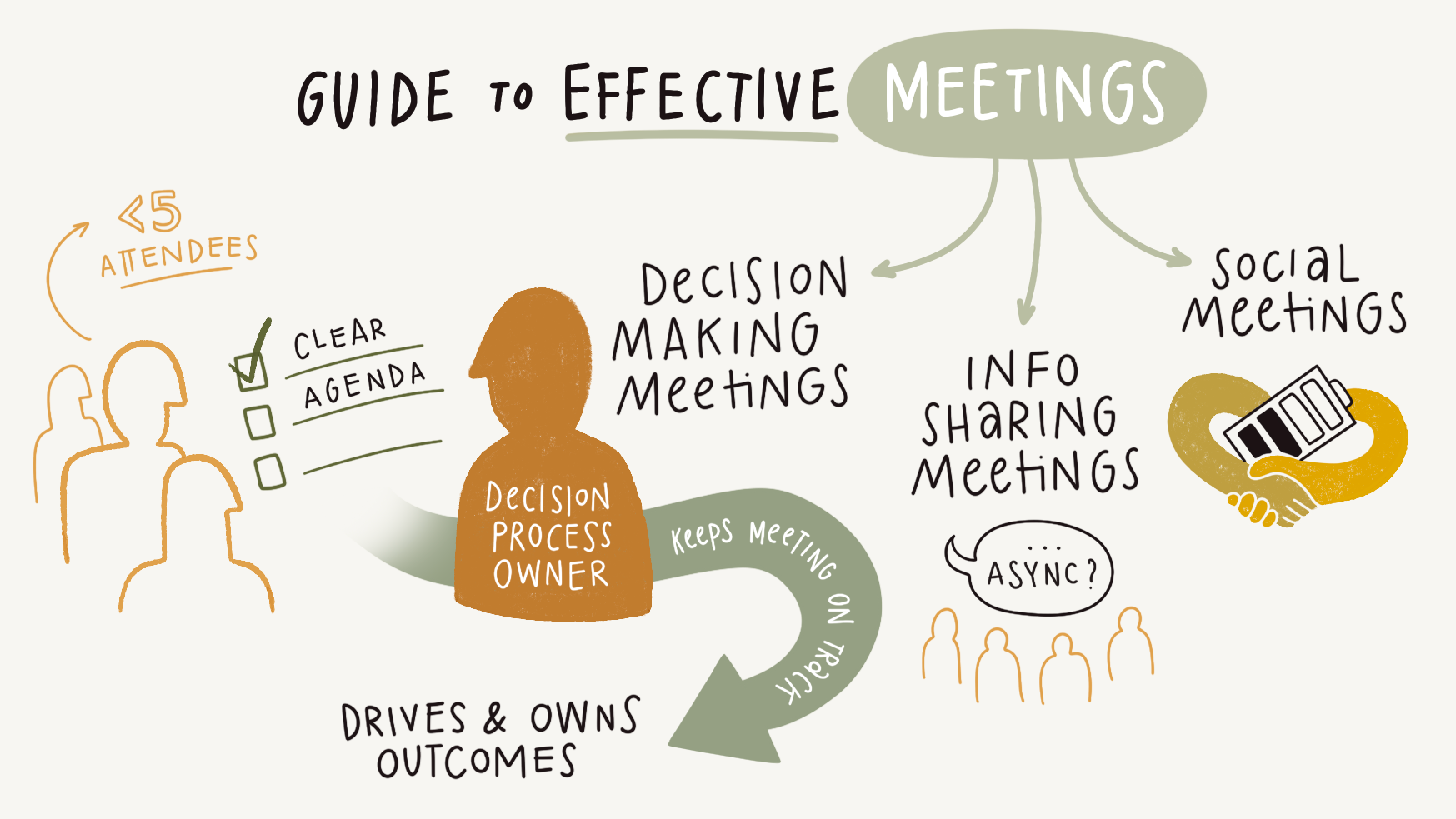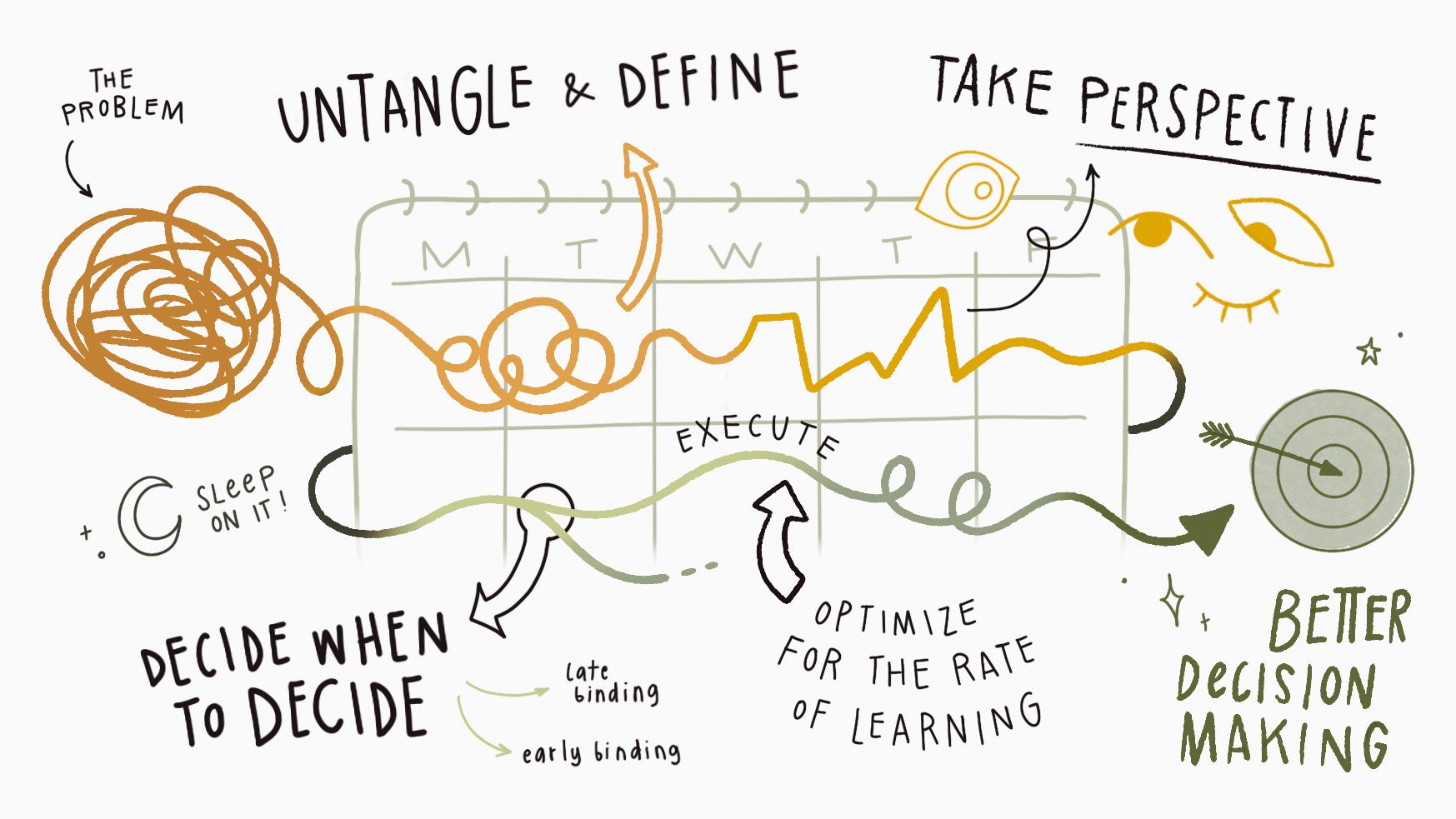Absorb, Accelerate, Act as a Risk Sponge
Good leaders absorb risk to optimize learning rate, unblock teams, and break through indecision. A well-functioning team applies this fractally.

Risk is not eliminated, it is managed: redistributed or shifted to another area, stakeholder, form, or a point in time. Managing risk is an exercise in judgment on where or how the risk can be best absorbed within a system.
A canonical example of risk transfer is insurance: you pay a premium to cap the downside; insurance providers deploy strategies to spread and lower assumed risks. A less obvious but critical learn-through-failure example of risk transfer that every entrepreneur and leader eventually learns is that of inaction and complacency. Faced with incomplete information, we often defer or sit on a decision, converting decision risk to market and product risk: we stunt the learning and feedback loop; we ship things late or not at all.
Action produces information; inaction converts decision risk into other forms of organizational and product risk. Knowing when to go boldly and rewind if necessary (two-way door) vs. contemplate and explore (one-way door) is the art of effective leadership.
Fractal leadership: every layer is a risk sponge
As a developer working on a specific piece of code, you absorb the risk of its behavior and manage it through testing, refactoring, peer reviews, integration tests, etc. You never "eliminate" the risk or guarantee the absence of bugs; you apply and exercise judgment via a collection of guard rails. We balance this work against the cost and speed of catching, reverting, and fixing bugs. It turns out that finding and fixing bugs fast is often an acceptable and far more efficient strategy than overspending on preventing them. Similarly, we adopt “compensating measures” that help contain our risk blast radius: beta flags, staged rollouts, etc.
As a lead or stakeholder on a project, you absorb design, technical, and product risks about the functionality being built. We never have complete information or certainty—if you think you do, you've almost certainly sat on a decision for too long—and you manage risk by shortening the feedback loop between the prototype and the customer.
As a group lead, you absorb combined risks across all the projects on the product and underlying technical platform. We balance risks by establishing reusable design patterns and conventions, building and leveraging shared services, investing in future-looking platform capabilities, and underwriting technical and product bets through good judgment.
The capacity of an organization to absorb risk across every layer is directly related to the speed and effectiveness of how it operates. As organizations scale, the risks taken need to scale proportionally. Unfortunately, most organizations do the opposite.
Effective risk-taking requires operating on incomplete information and a willful openness to wandering. Efficiency gets all the praise, but wandering enables a culture of experimentation and innovation. Finding new technical and business avenues requires doing something unexpected or unorthodox, and finding that path requires a willingness to forge into the unknown, find out what doesn't work, and keep iterating.
I am your risk sponge, you are someone else’s
The role of a technical or product leader is not to "approve" technical and product designs. If the sole contribution is a rubber stamp, it is a sign that the team has over-engineered or converted technical and product risk into a time-to-market risk by delaying the project timeline. Don’t ask me for approvals; show me your risk portfolio, and let’s discuss.
The job of the project or product team is not to "solve" every risk but to identify them, explain their best understanding of them, and let the relevant leaders determine how to respond to them. Conversely, the job of an effective leader is to apply good judgment against incomplete information. Effective decisions often feel uncomfortable; embrace this discomfort and optimize for the rate of learning. The further you are on this journey, the higher the stakes and the less obvious and clear the inputs. Lean on your experience, pattern matching, and taste to absorb risk and enable teams to learn faster.
A good risk sponge, applied at every layer, allows organizations to learn faster and keep their technical and product velocity.
Subscribe to Ilya Grigorik's essays
Receive latest updates in your email inbox




